Spices are aromatic flavorings from seeds, fruits, bark, rhizomes, and other plant parts. Used to season and preserve food, and as medicines, dyes, and perfumes, spices have been highly valued as trade goods for thousands of years—the word spice comes from the Latin species, which means merchandise, or wares.
A tiny amount of spice can dramatically alter a dish, adding distinctive flavor to otherwise bland ingredients. It’s always recommended to buy whole spices and grind them yourself since whole spices retain their aromatic compounds much better than the ground kind. But the reality is that most of us rely on ground spices for convenience. Having a mix of whole and ground spices in limited quantities that you’ll use up quickly will prevent a bunch of unused spices from languishing in your cabinet, and losing flavor.
You can mellow the flavor of whole spices like mustard or cumin seed by toasting them in a pan until they pop. Use ground spices in applications where you want to disperse a lot of flavors: such as in baked goods and spice rubs. Try frying a mix of different ground spices in oil or ghee to blend the flavors.
How to Store Your Spices
Spices are sold in dried form, but that doesn’t mean spices last indefinitely; their strong flavors will dissipate over time, especially if exposed to light and air. Store spices you use often in opaque glass jars or tins in a dark cupboard. Spices you don’t use frequently can be stored in airtight containers in the freezer. (Remember to bring frozen spices to room temperature before opening to prevent condensation.) Label spices with their purchase dates, and give them a sniff every few months to make sure they’re still pungent.
Ground spices tend to oxidize more quickly than whole spices due to their large exposed surface area, and will lose their flavor within a few months, while whole spices can last up to a year.
Now let’s talk spices. What makes spices so exciting? Let’s use the analogy of an artist. You as the cook are the artist and spices are your paints – they can bring a blank canvas (or dish) to life! Spices allow you to be creative and adventurous with your cooking and best of all, they prevent you from eating another bland meal.
Spices serve several purposes in cooking and can be used to:
- Add Flavor and Aroma: Spices can transform a meal by adding a range of flavors, from a hint of sweetness to a kick of heat. They also give beautiful aromas that are often our first determining factor for whether we want to eat a meal or not.
- Enhance the taste of food: We always think of salt as our go-to when a meal tastes too bland, but there are other spices, like cumin, that bring out the natural flavors of food.
- Change or enhance color: If you’ve ever eaten at an Indian restaurant you may have noticed that many of the dishes have a deep yellow, orange or red color. That’s because the spices used in typical Indian cooking, such as turmeric and paprika, give color to the foods making them more bright and appealing.
Seasoning with spices can be intimidating if you’re not familiar with it but – like painting – with the right tools and practice, you’ll be cooking up a masterpiece in no time. Therefore to show you some common spices that are hiding in your cupboard we’ve created our guide to Spices.
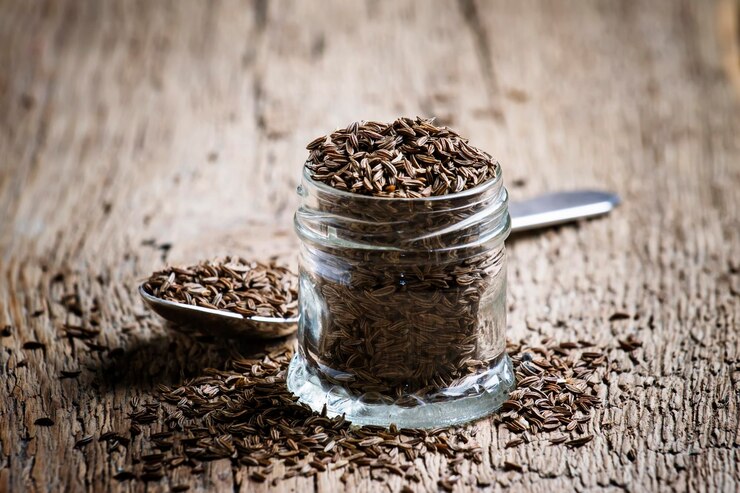
- Caraway: The dried fruit of Carum carvi, another member of the parsley family, caraway was one of the first spices cultivated in Europe, where it’s still used to flavor meat and potato dishes. Their flavor is reminiscent of anise seed, with a sweet, licorice taste. Popular in Northern European cooking, caraway seeds are used to flavor breads and cakes, cabbage, cheeses, liquor, potato salad, and sauerkraut.
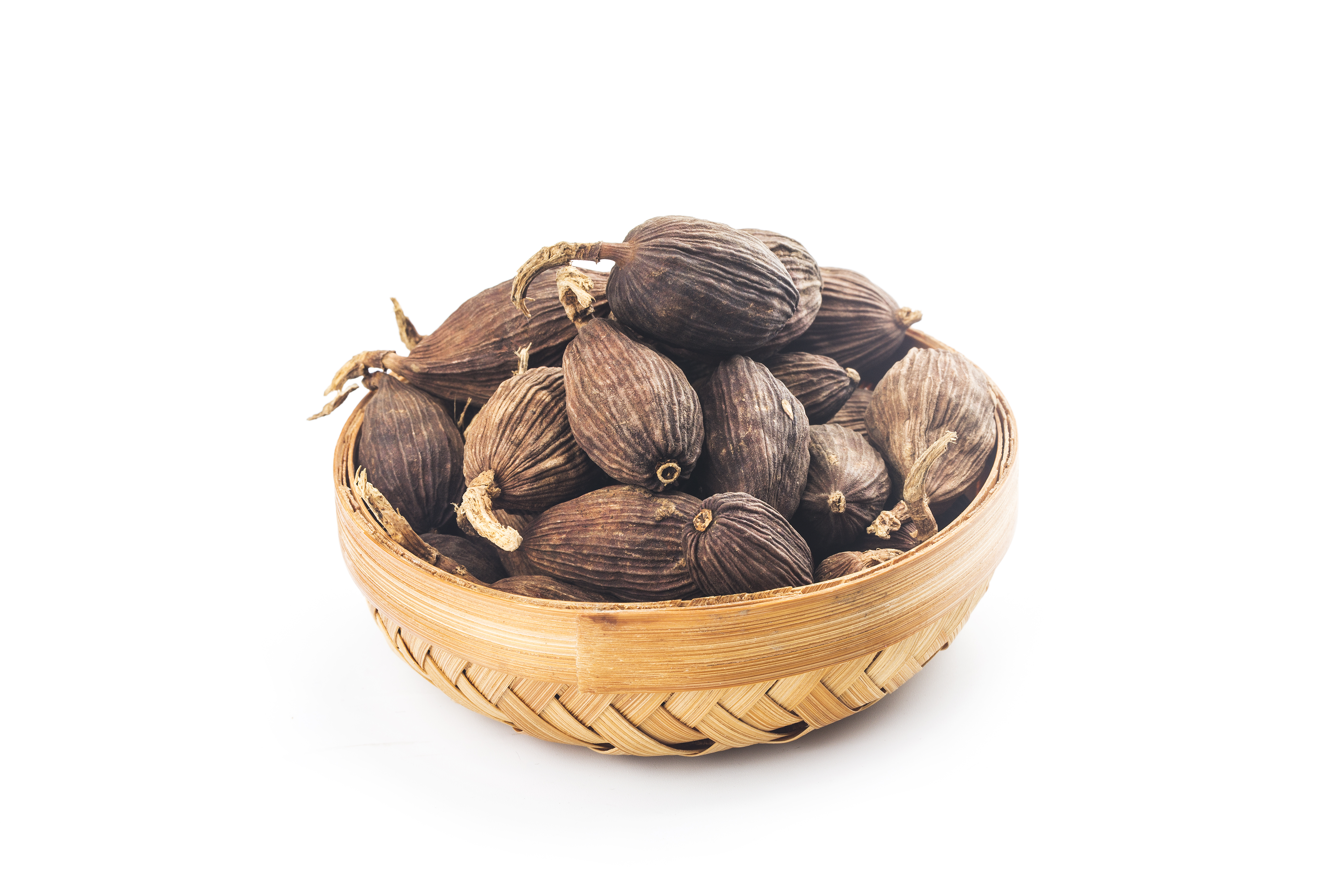
- Cardamom comes from the dried fruit of Elettaria cardamomum, a member of the ginger family indigenous to southwest India. There are two main varieties of cardamom: Mysore, which is larger and green in color with woody and eucalyptus notes, and Malabar, which is smaller, with floral notes, and often bleached. Large cardamom, aka black cardamom, comes from a different plant, Amomum subulatum, which grows in the eastern Himalayas. It consists of a long reddish pod with strong flavors from cineole and camphor that are often further enhanced by smoking. Flavors are deep and earthy, with a hint of citrus, mint, and smoky notes in black cardamom.
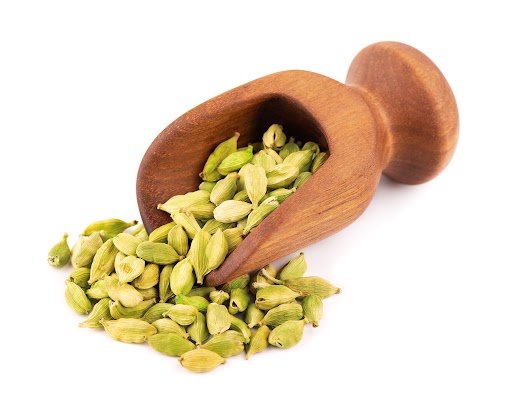
Suitable in both sweet and savory recipes, cardamom marries well with other spices like cinnamon, cloves, and nutmeg. Widely used in Indian and Middle Eastern cuisine, it’s added to curries, meatloaf, rice, sausages, and vegetarian dishes. It’s also used extensively in Scandinavian countries, primarily in baked goods like breads, pies, and fruit tarts. And it flavors beverages from coffee and tea to eggnog and mulled spirits. Its warm, sweet, floral, and fruity flavor is essential to Nordic baked goods and Arabic coffee.
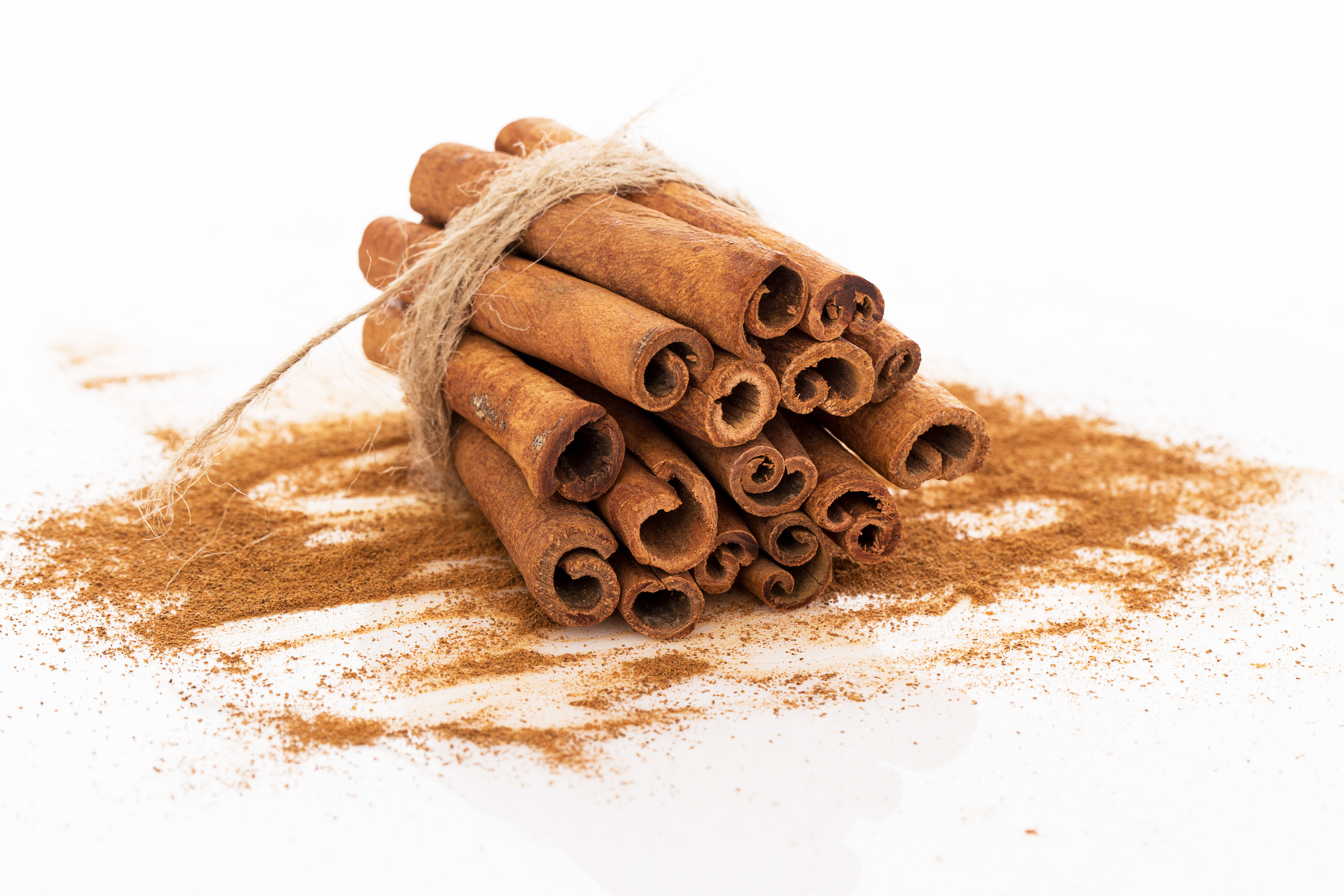
- Cinnamon is a spice that comes from the inner bark, or phloem layer, of the tropical Cinnamomum tree. C. verum is native to Sri Lanka (Ceylon) and is known as true cinnamon, with a delicate, sweetly spicy flavor and fragrance. C. cassia is Chinese cinnamon and has a stronger, spicier flavor.
Cinnamon is beloved in both sweet and savory dishes around the world and can be used whole as sticks or ground. Ceylon cinnamon (C. verum) is considered superior for baked goods like buns, cakes, fruit desserts, pies, and quick breads while C. cassia is more often used in savory dishes. Common in Middle Eastern and North African cuisines, cinnamon often flavors curries and lamb dishes is also a popular ingredient in spice blends like pumpkin pie spice and garam masala and is used in other beverages like mulled wine and cider as well as spicy teas.

- Cloves are the immature dried flower buds of the Syzygium aromaticum tree, native to Indonesia, and used in Chinese cuisine for thousands of years and in Europe since the Middle Ages. Their 14 to 20 percent essential oil content means that cloves have the highest concentration of aroma compounds of any spice. Their distinct flavor comes from antimicrobial eugenol, which has made cloves a popular medicine. These dried flower buds are essential in dishes as diverse as baked goods, smoked meats, pickles, sauces, curries, and mulled beverages. Go easy with them, as they can easily overpower.
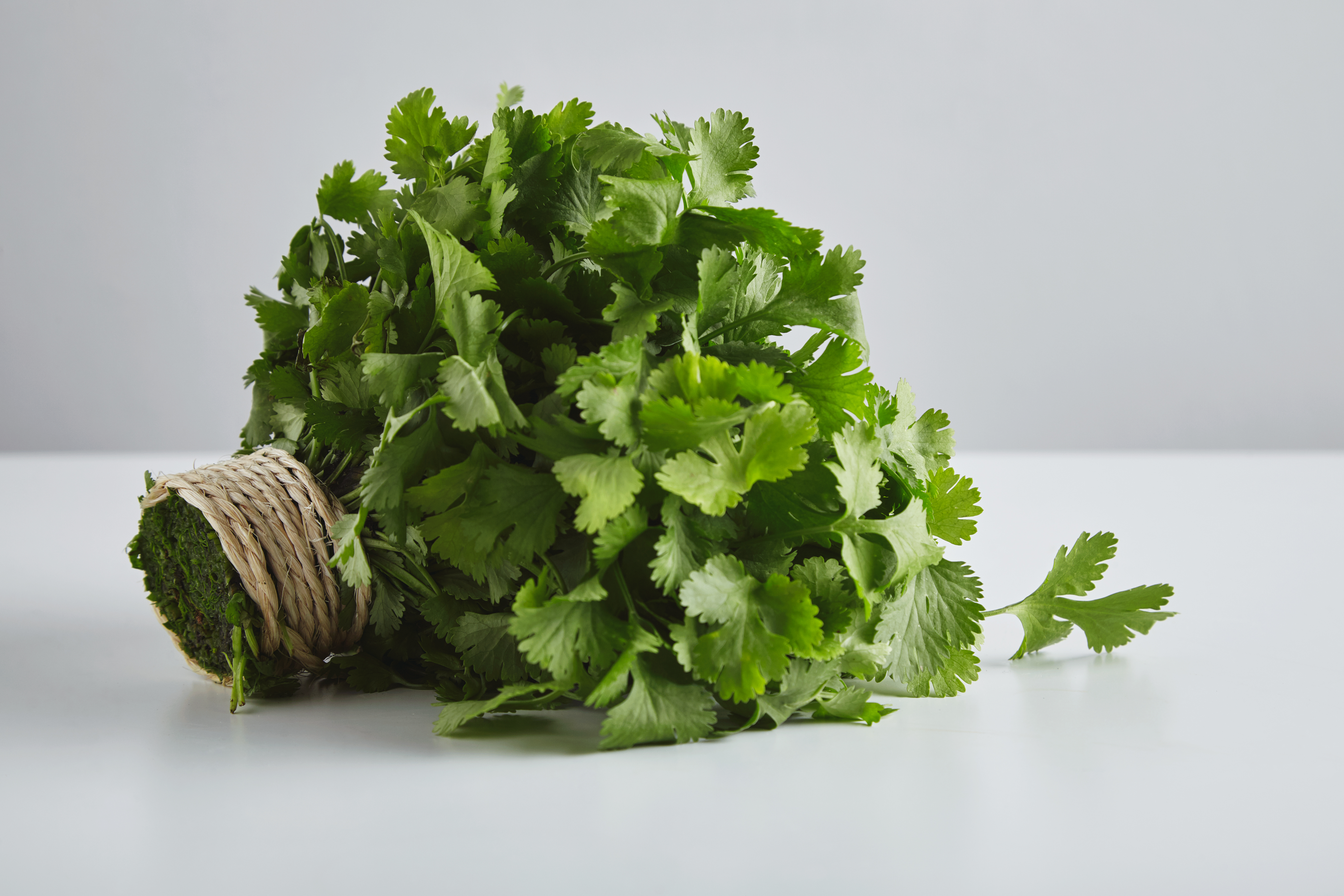 |  |
- Coriander, Coriandrum sativum, also known as cilantro or Chinese parsley, is an annual herb native to Iran that also belongs to the Apiaceae family. They can be harvested when green or they can be left to brown and dry out on the plant. Pounded fresh green coriander has a bright flavor that’s ideal for dressing a salad. The dried, tan pods most often found in spice cabinets have a citrusy, floral taste that is often paired with cumin in Indian cuisine, homemade burgers, or poaching liquor for fish. Popular around the globe, coriander is extensively used in Asian, European, Indian, and South African cuisines to flavor breads, meat dishes, pickling spices, sausages, stir-fries, and vegetables as well as lending its flavor to beer and spiced tea.
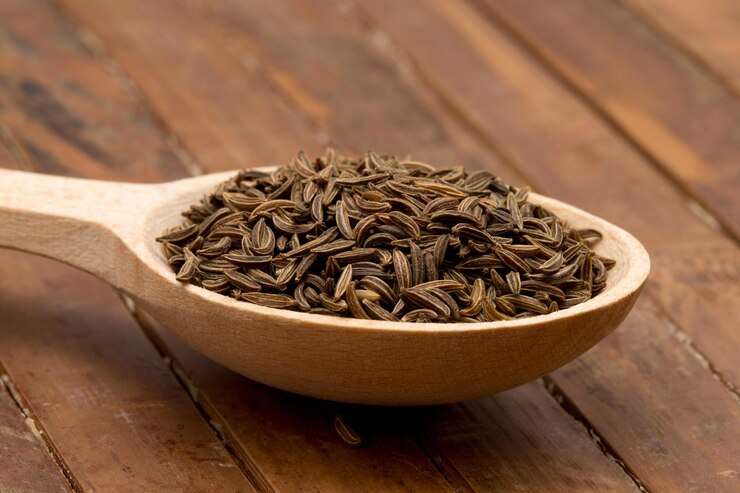
- Cumin comes from the small, ridged dried fruits of Cuminum cyminum, native to Southwest Asia. Cumin seeds look similar to caraway seeds and also taste somewhat alike. The dried seeds have a loamy, nutty taste with a hint of bitterness and citrus. Whole or ground, cumin is used in the cooking of numerous cultures. Popular in Mexican and Indian cooking, cumin flavors chili powder, curry powder, garam masala, soups, and stews as well as some cheeses and breads.

- Fennel seeds are the small dried fruits of the fennel plant, which are also eaten as a vegetable (bulb) and herb (fronds). Fennel has a strong anise flavor (from anethole) as well as bitter (fenchone), floral, fresh, and pine notes. Native to southwest Asia and the Mediterranean, fennel grows like a weed in parts of the US. It pairs well with pork and is an essential component of Italian sausage and Ethiopian berbere seasoning.

- Fenugreek is a flat, yellow-brown seed from a Mediterranean plant in the pea family. It has bittersweet/burnt-sugar and celery flavors and is used to make chutneys. The seeds can be toasted to reduce their bitterness.
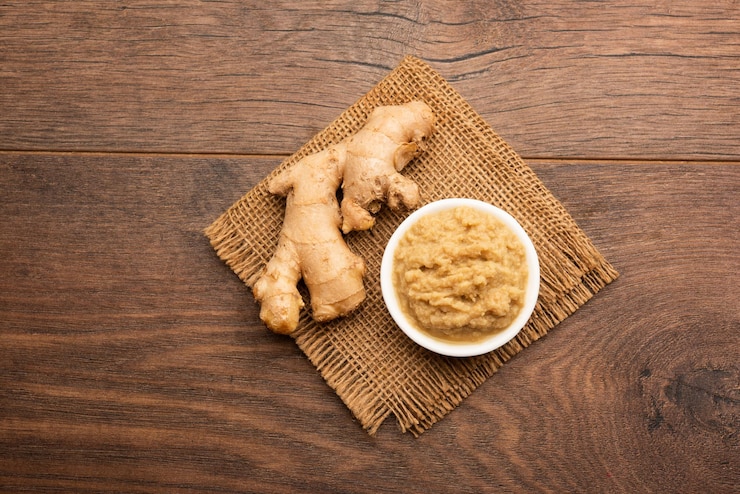
- Ginger comes from the rhizome (underground stem) of Zingiber officinale, a tropical flowering plant from the same family as cardamom and turmeric. Ginger gives a sweet and spicy flavor to a variety of sweet and savory dishes. Dried ginger has a different flavor than fresh ginger. Ginger is known for its use in baked goods, gingerbread, spice cookies, ginger ale, and ginger beer, but also delicious in savory dishes like soups and stews like Spicy Chicken and Squash Stew, curries, Asian stir-fries, meats, and fruit compotes.

- Mustard Seed: There are two main types of culinary mustard seed, Mediterranean yellow (Sinapis alba), which was the first and only pungent spice available to early Europeans, now popular in the US, and black mustard (Brassica nigra), the most pungent variety. The burning sensation found in both types of mustard comes from reactive sulfur compounds called thiocyanates (also found in onions, horseradish, and wasabi). Thiocyanates are so tiny that they can escape food and enter nasal passages, which is why very hot mustard can make your nose burn. Cooking mustard seeds significantly lessens this effect.

- Nutmeg: When the plum-like fruits of Myristica fragrans, an evergreen tree native to Indonesia, ripen, they split to reveal a shell-covered seed surrounded by a fleshy red outer lattice called an aril. The aril is removed and dried to produce mace, while the seed inside the shell becomes nutmeg. The ground spice has a deep fragrance and warm, slightly sweet taste that makes it a suitable ingredient for both sweet and savory foods. A popular ingredient in Greek, German, and Middle Eastern cuisines, nutmeg is best enjoyed when fresh-grated. Use with cheese sauces, meats, sausages, savory sauces, stews, and vegetables like dark leafy greens, potatoes, and winter squash. It’s also an essential ingredient in autumn and winter baking blends for cakes, cookies, pies, and puddings and beverages such as coffee, eggnog, mulled cider and wine, and spicy teas.

- Peppercorns are the dried fruit of the flowering vine Piper nigrum in the family Piperaceae and are native to the tropical regions of south India. The most popular globally traded spice, pepper has a mild, spicy heat with sweet, earthy notes. Used to flavor any savory dish, pepper is a staple of many spice blends and when used with eggs, fish, grains, legumes, meat, poultry, soups, stock, and vegetables. Unlike with most other spices, there’s no real reason to buy pre-ground black pepper, since pepper mills are readily available and easy to use. I like to lightly toast peppercorns in the oven before grinding, an easy way to up the flavor even more.

- Saffron is a spice from the dried stigmas of the saffron crocus, Crocus sativus, and is native to the Mediterranean basin, likely domesticated in Greece during the Bronze Age. Stigmas are used whole as “threads” or ground for their mild, slightly bitter floral flavor and the bright yellow hue they impart to foods. It’s the most expensive spice in the world since the flower stigmas must be painstakingly hand-harvested in a process that takes about 200 hours of labor per pound of dried saffron. Saffron is used in Asian, Indian, and Mediterranean cuisines to flavor curries, fish, poultry, rice, risotto, and seafood.

- Star anise is the reddish-brown star-shaped dried fruit of the Illicium verum tree, native to southeastern China and Vietnam. And like the unrelated anise, its flavor is sweet, peppery, and licorice-like. More economical than anise, star anise is widely used in the cuisines of China, India, Indonesia, and Southeast Asia to season meat, root veggies, soups, stews, and baked goods like cakes, cookies, and pastries. It’s also a main ingredient in the traditional Chinese five-spice powder and is used to flavor coffee, liqueurs, mulled wine, and spiced tea.
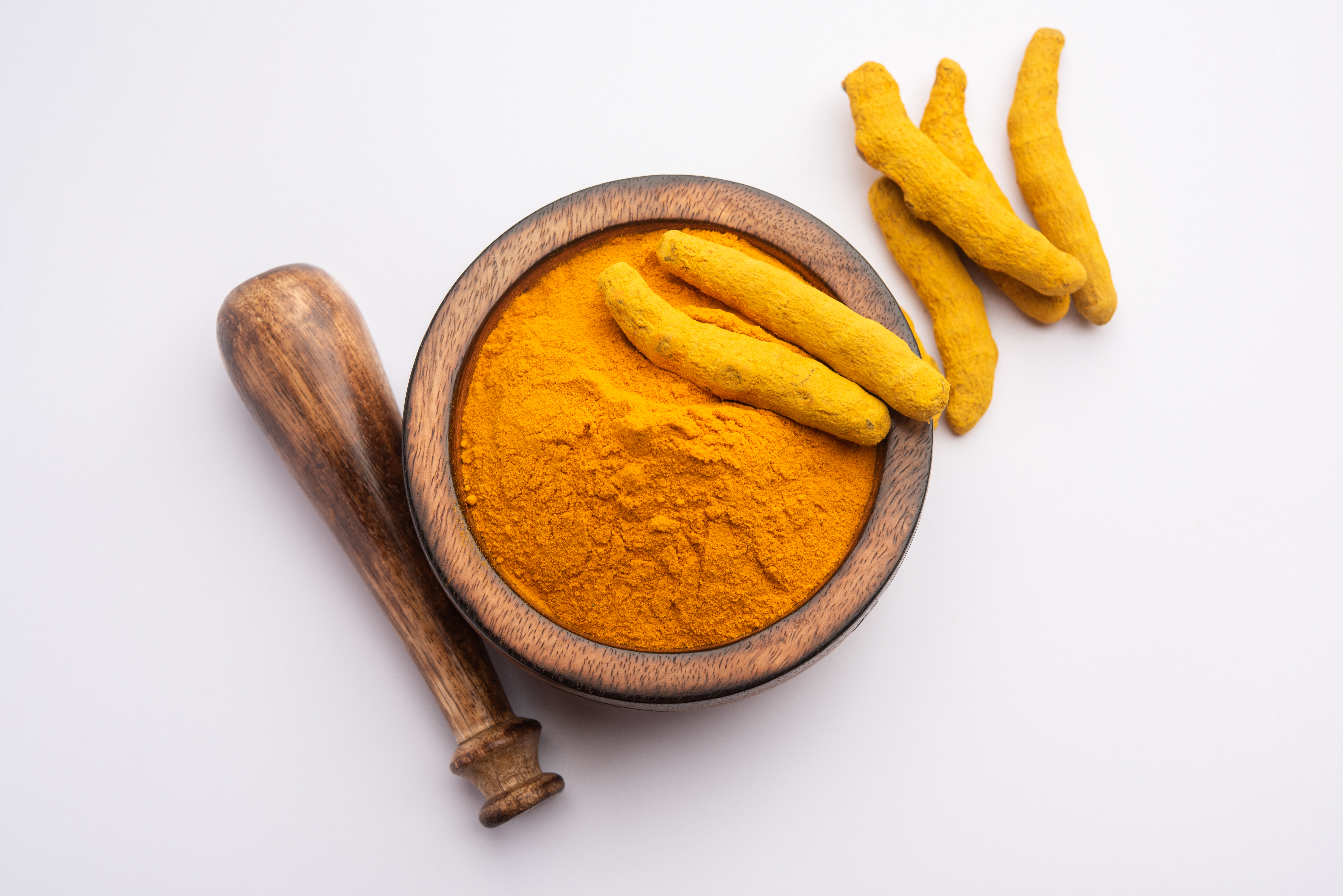
- Turmeric comes from the rhizome (underground stem) of Curcuma longa, a close cousin of ginger first domesticated in prehistoric India. Its bright orange-yellow color made it an important dye, and its sharp, earthy flavor is reminiscent of pepper and mustard, lending it well to Moroccan tagines and Indian dal. Used extensively in Asian, Indian, and Middle Eastern cooking, turmeric is used primarily in savory dishes and is a staple ingredient with curries, lentils, meats, mixed with nuts and raisins, rice, and salad dressings, and vegetables. It also flavors mustard and pickles, and spicy teas.
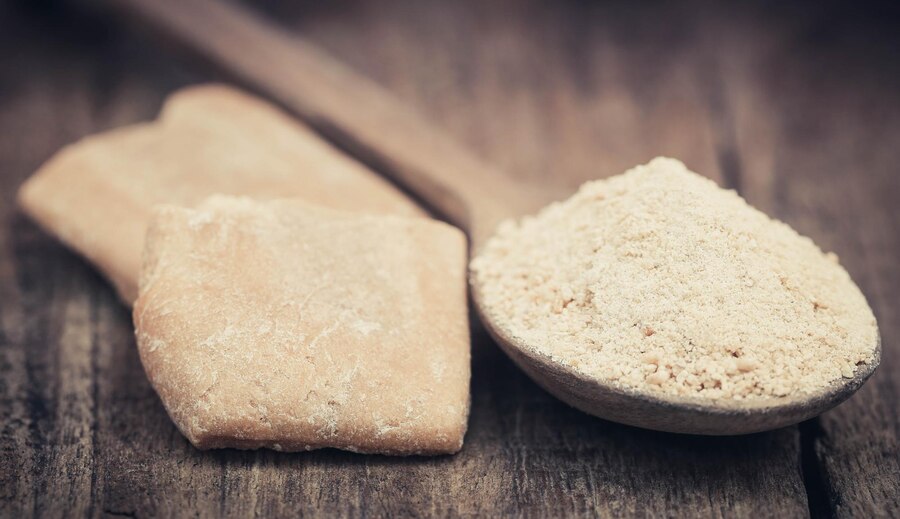
- Asafoetida is the dried gum from the taproot of the species Ferula asafoetida, a perennial herb from the arid regions of Afghanistan, Iran, and India. When cooked, its flavor is suggestive of leeks and onions. It’s added to Indian dishes as a digestive aid and as a flavoring agent in condiments, lamb dishes, pickles, and vegetarian dishes. Asafoetida has a uniquely pungent raw smell and flavor that mellows into a deeply full-bodied flavor when cooked and is probably most comparable to washed cheese rinds. We love adding asafoetida to dahls, vegetarian curries, and loads of other South Indian dishes.
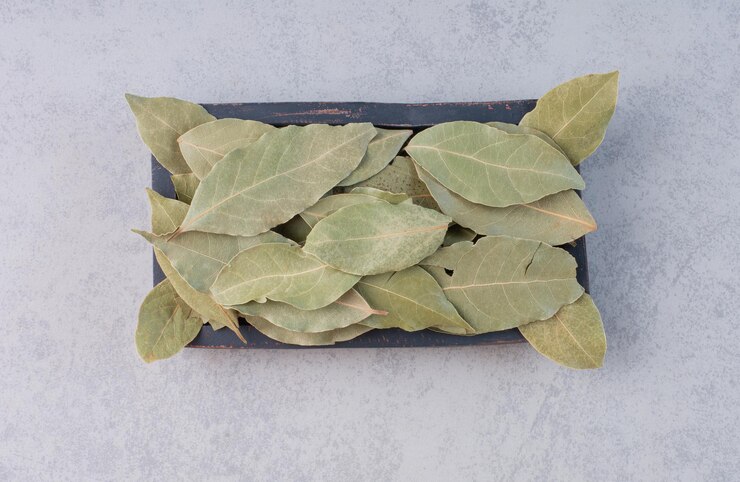
- True Bay leaves (bay laurel, true bay, sweet bay laurel) are harvested from the aromatic shrub, Laurus nobilis, which is native to the Mediterranean region. Fresh, its flavor is mild and slightly astringent with a hint of eucalyptus and light floral notes. Dried, the flavor mellows and takes on woodsy and floral or tea-like notes. Found in numerous cuisines such as Brazilian, Indian, Mediterranean, Middle Eastern, and Philippine, dried leaves can be used whole, crumbled, or dried. The subtle flavor adds depth to fish, meat, and poultry dishes and is a standard ingredient in sauces, soups, and stews.
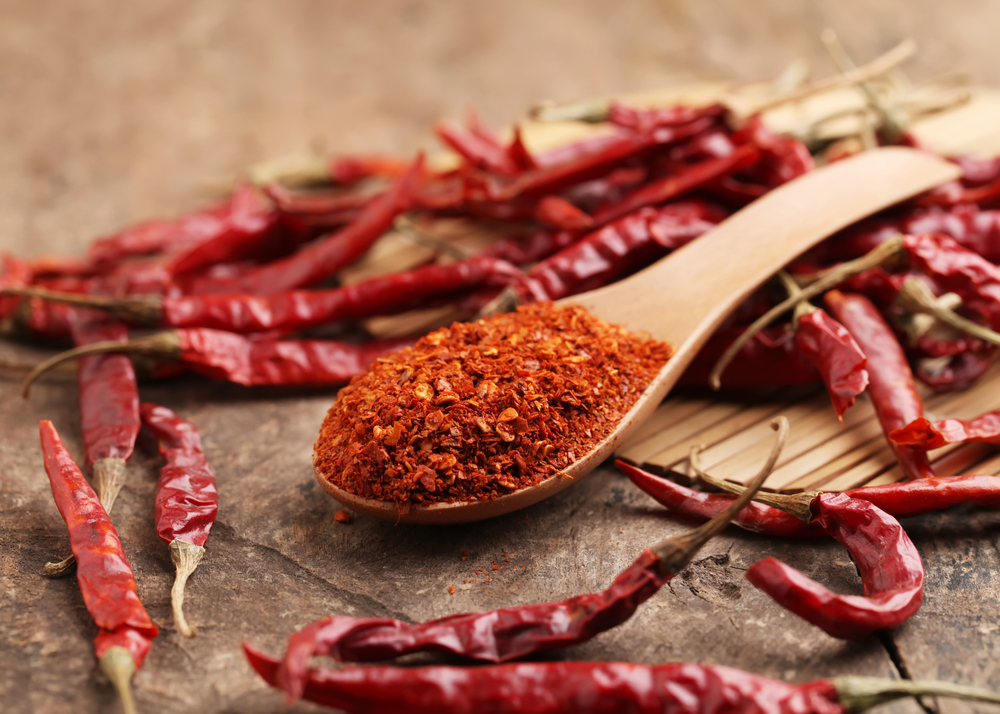
- Cayenne pepper is the dried and ground fruit of Capsicum annuum, a frost-tender herbaceous perennial in the Solanaceae family native to the Caribbean Islands, Mexico, Central America, and northern regions of South America. Liberally used in Asian, Cajun, Indian, Mexican, and Southern cooking, it’s excellent added to beans, casseroles, cheese or egg dishes, curries, meats, salsa, sauces, and stews. But use a gentle touch and taste before adding more – cayenne packs a lot of heat in a small amount.

- Mace is derived from the dried and ground seed cover, or aril, of the nutmeg tree, Myristica fragrans, which is native to the Moluccas Islands. Its flavor is like that of nutmeg, a blend of cinnamon and pepper, but with a more nuanced and sweeter flavor than nutmeg. Mace is widely employed in Asian, British, Caribbean, Dutch, French, and Moroccan cuisines. A star in savory dishes it suits curries, fish, meat, pickles and preserves, sausages, stews, and vegetables as well as cheese dishes, cream sauces and soups, custards, and soufflés. It can be used in baked goods as well, like cakes, donuts, and pastries or to brighten up hot chocolate or tropical-fruit punches.

- Table salt is a naturally occurring mineral composed mainly of sodium chloride and is obtained by mining, evaporation of seawater, or evaporation of shallow, mineral-rich springs. One of the five basic human tastes, salt is used to add flavor and enhance the taste of other foods. An essential ingredient for human life, salt is used as a condiment for eggs, fish, grains, legumes, meat, poultry, and vegetables. It’s also used as a preservative in curing fish and meats, in pickles and preserves, and to flavor savory dishes, sweets, and baked goods.
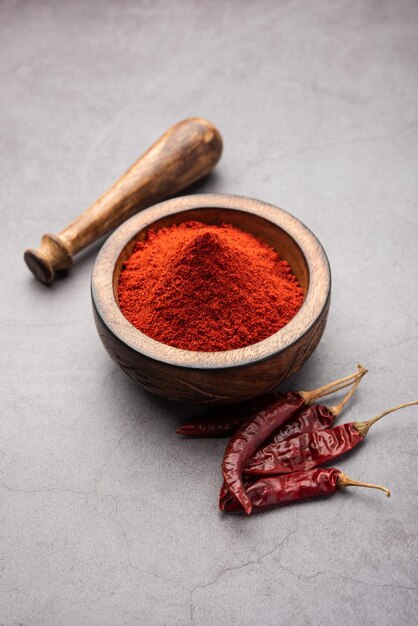
- Chili powder is a combination of the dried and ground fruits of a variety of chili peppers, usually cayenne, but might also include other chili peppers such as ancho, bell, chipotle, or jalapeno. The ground chilies are combined with cumin, garlic, oregano, paprika, and salt and the intensity can vary depending on the types of peppers used, but generally, flavors are hot and spicy with woodsy or smoky notes. Chili powder is used in several cuisines including Asian, Indian, Korean, Mexican, Portuguese, and Thai to season beans, chili con carne, grilled meats, soup, stews, tacos, and vegetables.

- Garam masala is a mixture of dried and ground warming spices, typically made of black peppercorns, cardamom, cinnamon, cloves, coriander, cumin, and nutmeg. Regional variations can also include asafoetida, chili peppers, cubeb, and star anise. Flavors are warm, rich, and complex – more noted for their depth and warming, thermogenic properties than for spicy heat. Used extensively in the cuisines of India and the Indian subcontinent, garam masala is used as a flavor base for curries, fish, legumes, meat, poultry dishes, rice, sauces, soups, and vegetables.

- Curry powder is a blend of spices used to mimic the multi-layered flavors of Indian cuisine – although it’s not used in authentic Indian cooking. The earthy and sweetly spicy flavors of chili peppers, coriander, cumin, fenugreek, and turmeric were created for colonial Brits to try and replicate the rich, complex flavors of the Indian subcontinent back home. Other common ingredients include asafoetida, black pepper, caraway, cinnamon, cloves, fennel seed, mustard seed, and nutmeg. Used to quickly flavor Western versions of Indian dishes such as curry, marinades, meat, poultry, rice, sauces, soups, stews, and vegetables. Curry powder is also well-suited for egg dishes, hamburgers, and potato salad.
We hope this information gives you the confidence to be adventurous with spices and elevate your cooking to a whole other level. Remember, becoming a culinary artist takes practice, so don’t be afraid to experiment, trust your taste buds and get cooking! Are there any spices you’ve been wondering about? Let us know and we’ll work on adding them to the list!

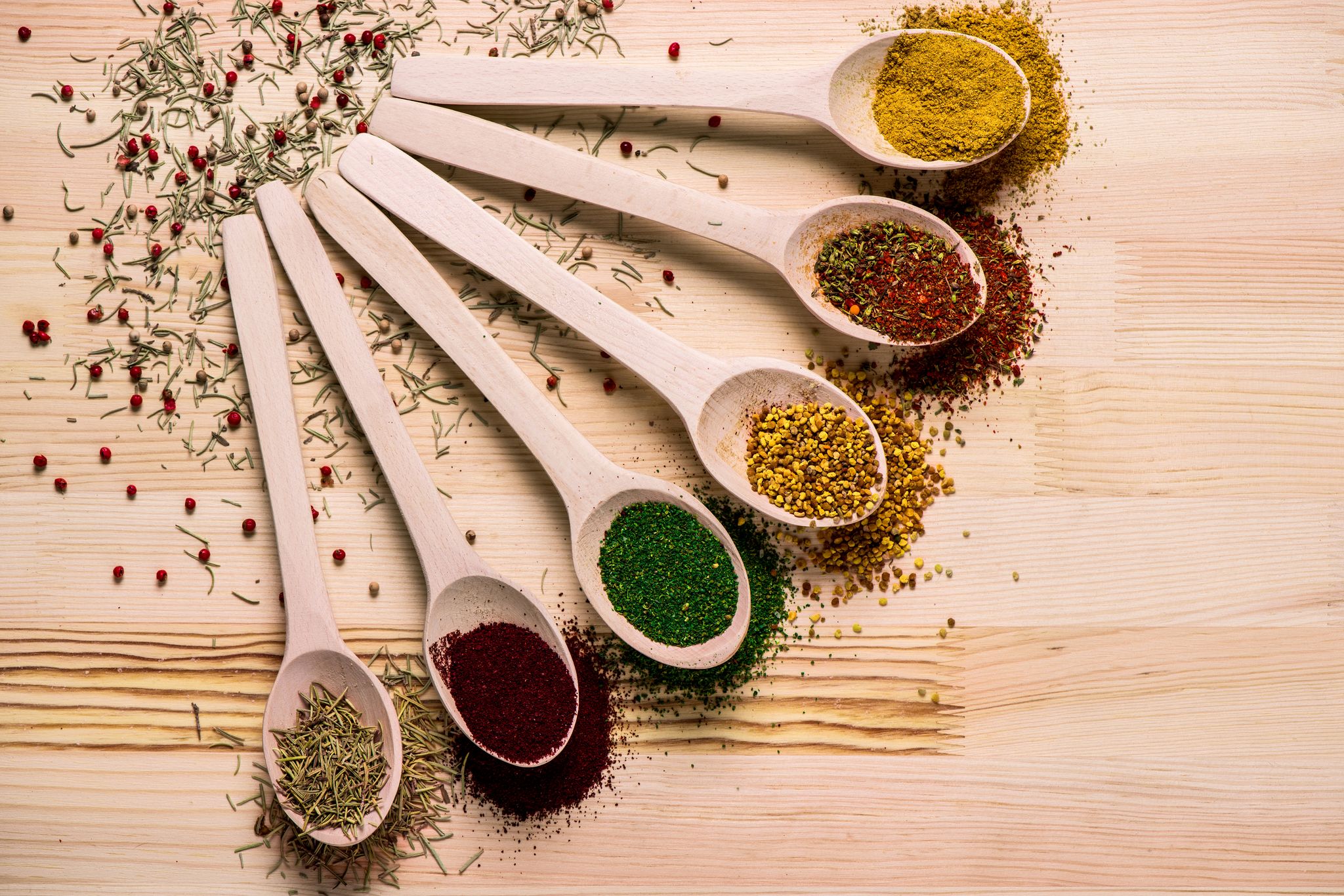
0 Comment